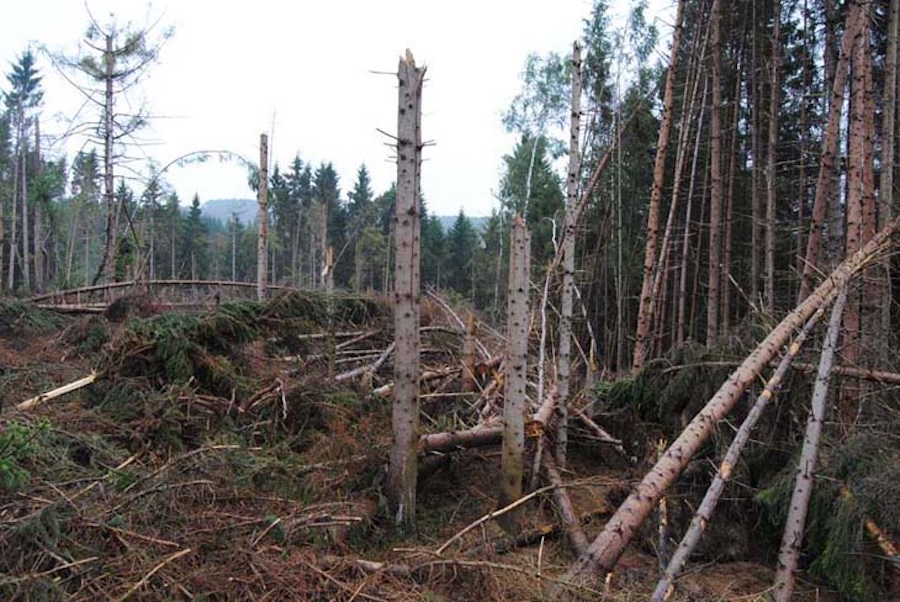In the context of climate change, natural disturbances – particularly those caused by wind and bark beetle infestations – are expected to become more frequent and severe in the future. What management strategies can be implemented to mitigate their effects? In Central Europe, the management of forests to make them more irregular has been proposed as a way of reducing the risk of disturbances. Is this a conclusive decision?
To address this important question, a study was conducted at various sites in Austria. The study aimed to assess the differences in disturbance regimes between uneven-aged and even-aged coniferous forests between 1986 and 2020. These sites cover a wide range of environmental conditions and have been managed using uneven-aged practices for several decades. The even-aged forests selected for the study are located near mixed forests, and the scientists ensured that the environmental conditions were comparable.
The main results indicate that disturbance rates are on average 31.3% lower in uneven-aged forests. Disturbances occur 36.3% less frequently and the maximum area affected is, on average, 15.7% smaller than in nearby even-aged forests. However, the proportion of high-intensity disturbances is only slightly lower (3.8%) in uneven-aged forests than in even-aged forests. It should also be noted that topography strongly influences these results: uneven-aged forests generally have lower disturbance rates, but these are higher than in even-aged forests on steep slopes (more than 20°) and at high altitudes (more than 1,500 metres).
Therefore, uneven aged management practices can partially counteract the effects of natural disturbances in Central European forests, but local conditions must be carefully studied and taken into account to best adapt forests to climate change.


